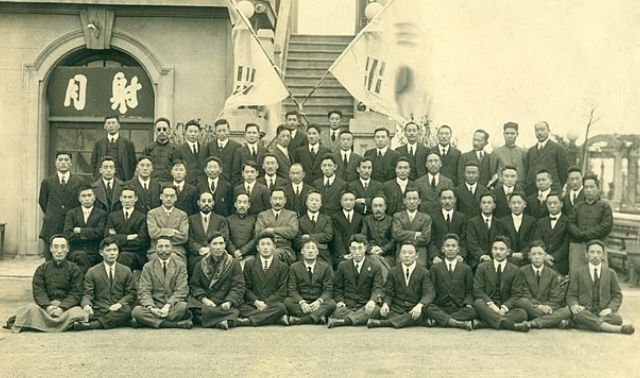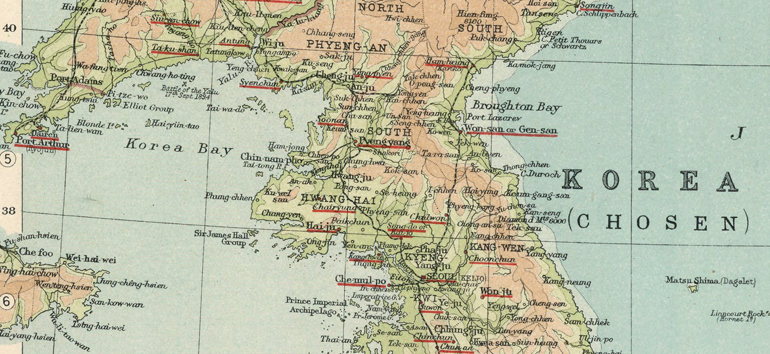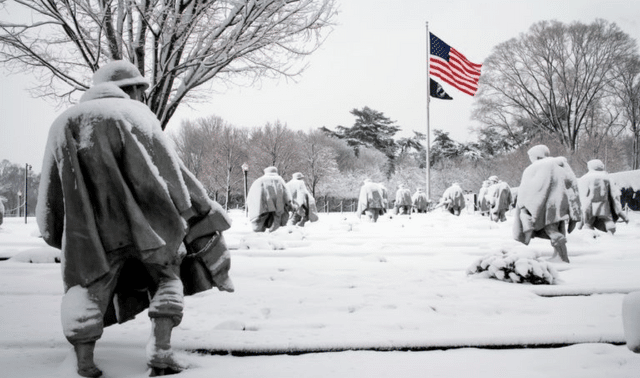Sign up for the Family Tree Newsletter Plus, you’ll receive our 10 Essential Genealogy Research Forms PDF as a special thank you!
Get Your Free Genealogy Forms
"*" indicates required fields

Millions of Americans tuned into the Winter Olympics in Pyeongchang, South Korea, in 2018. But few probably know much about Korean history. Here is a brief overview of the history of Korea to reference while tracing your Korean ancestors.
Historical Korea: The Hermit Kingdom
Like its Japanese neighbor, Korea has a long history of independence and fierce rejection of foreign influence. The Goryeo (pronounced “gore-yee-oh”) dynasty united the kingdoms on the Korean peninsula and ruled for centuries, giving Korea the basis for its Western name. Though briefly ruled by the Mongols, Goryeo fended off influence from the Chinese and other foreign invaders for centuries.
The rival Joseon dynasty overthrew the Goryeo government in the late 1300s. Under the Joseon dynasty, Korea flourished and developed much of its modern identity, including its own alphabet. A few centuries later, Joseon Korea again repelled invasions from both China and Japan, adopting a policy of isolationism. For its aloof nature, Western academics christened Korea “the hermit kingdom” in the 1880s, a moniker that still echoes today in descriptions of North Korea.
Modern Korea: Annexation, Division and War
Korea remained independent until 1910, when the Japanese Empire annexed the peninsula. After Japan’s defeat in World War II, Korea was divided in two along the 38th parallel. The southern section, backed by the United States, held democratic elections and founded the Republic of Korea. But the north, backed by the Soviet Union, reneged on its promise to hold democratic elections and instead installed a Communist dictator, Kim Il-sung.
In 1950, Communist North Korea (officially the Democratic People’s Republic of Korea) crossed the 38th parallel and invaded South Korea, beginning the Korean War. North Korea had almost defeated the South before the United Nations intervened, and the conflict ended a few years later in stalemate.
North and South Korea signed an armistice in 1953, setting a border between the two (now called the Demilitarized Zone, or DMZ). Tensions have remained high ever since, and both nations claim sovereignty over the whole peninsula. In fact, the two Koreas are still technically at war, as they never signed a peace treaty. South Korea has faired better than its northern neighbor, becoming one of the richest countries in the world and a leader in tech. Its rapid development, called the “Miracle on the Han River,” eclipses that of North Korea, a highly militarized state plagued by famine, economic stagnation and human rights violations.
Map of Korea/Chosen in 1923
This map, taken from a 1923 atlas, depicts Korea when it was part of the Japanese Empire. The dual names given for some Korean places reminds us of Japanese influence on the peninsula. For example, the mapmaker lists the Japanese name for Korea, Chosen (in parentheses). Seoul is also listed by both its Korean (Seoul) and Japanese (Keijo) names.

We can also see some traces of Korea’s later history in this map. The 38th parallel, which would become crucial just 25 years later, runs through the center of the peninsula, just south of the city of Haijo and beneath the country’s name. You can also see Pyongyang (Pyengyang), North Korea’s eventual capital. This display, a topographical map, also contains clues to each country’s fate postwar. North Korea, with its mountainous terrain, struggles to provide enough food for its people, while the more hospitable South has prospered.
Looking for Pyeongchang, the host of the 2018 Winter Olympics? Pyeongchang—as a county, rather than a city—didn’t make the cut for this map. However, you can still place the site if you use other reference points. Pyeongchang Olympic Stadium is just southwest of the modern city of Gangnueng, indicated as “Kang-neung” on this map.
For a more-detailed look at Korean history, check out the Asia Society’s guide.
Related Reads
ADVERTISEMENT


